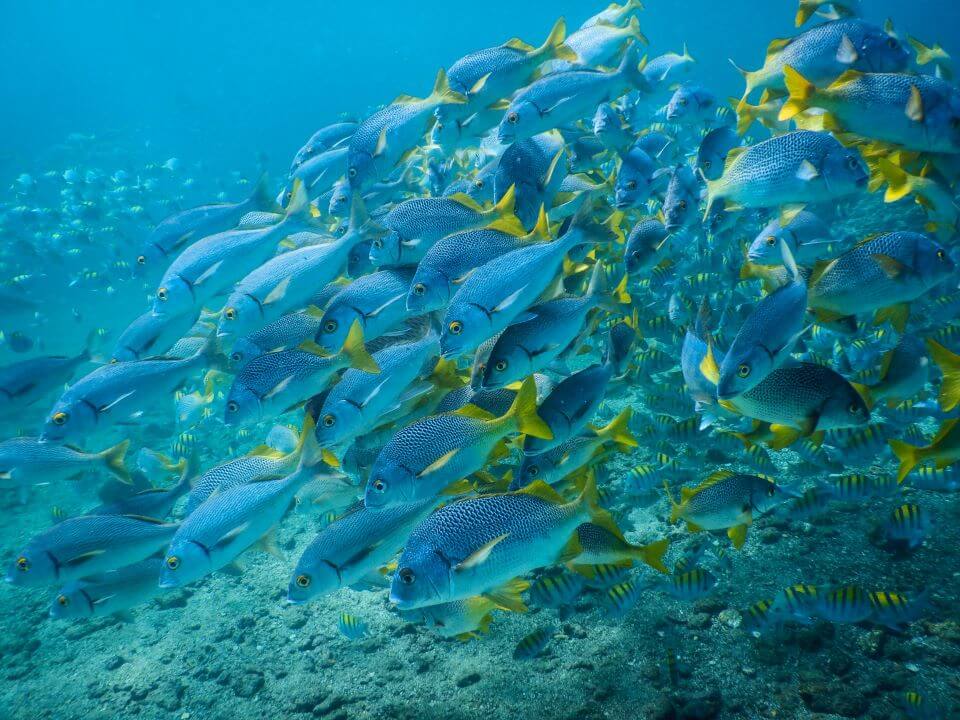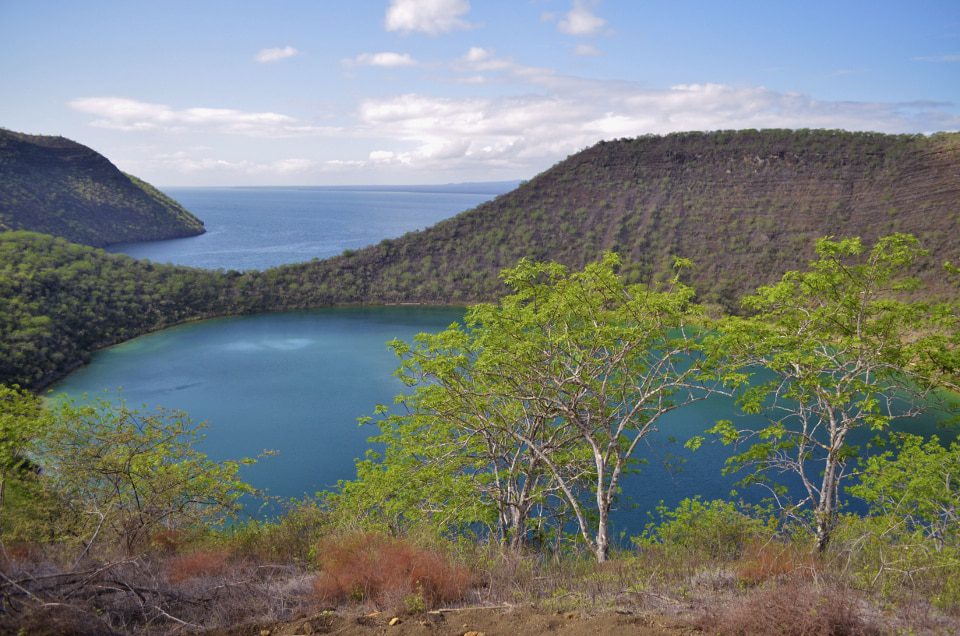Here at Metropolitan Touring we are reminded every day of just how important it is to conserve the environment. Our workplace is the Galapagos Islands, and as one of the most fragile regions on the planet, getting the right balance between the number of visitors and conservation is crucial.

Tourism has, for many years, been an important contributor to the Ecuadorean economy, and one of the main sources of employment for the Galapagos Islanders. Nowadays, over 200,000 visitors travel to the islands each year. 75,000 of them will enter the National Park, which comprises 97% of the land surface of Galapagos. Not long ago, cruise ships dominated the tourism industry in the archipelago, but in recent years there has been an increase in land-based tourism. Despite the considerable cash flow it brings to the islands, the travel industry also causes problems to the environment. These are caused by contamination generated by outdated boat engines, oil spills, inappropriate anchors, lack of holding tanks for grey and/or black waters in most small vessels, and the unintentional introduction of invasive plant and animal species from the mainland.
TALK TO A DESTINATION EXPERT

Diego Zapata

Rosa Mena

Sandy Lara

Diego Zapata

Rosa Mena

Sandy Lara
Sustainable tourism
Sustainable tourism is a must. We founded our company – the pioneer of travel in the Galapagos Islands – on the principle of respectful contact with the natural world. Part of this philosophy involves working alongside the local community. We sponsor talented young Galapagueños by giving them the opportunity to travel aboard our vessel Santa Cruz II, to give them the opportunity to explore the archipelago they inhabit. This brings forth an understanding of just how special their backyard really is and why it’s so important to take proper care of it.

These youngsters eventually come to share our passion and commitment. Even one of our alumni now works for us as a qualified naturalist guide. This kind of interaction with the local community is what ensures that the future of the islands will be in good hands. Our company’s non-profit organization, Fundación Galápagos, works to improve education in the islands while providing job opportunities for members of the communities. It also ensures that everyday practices, like waste disposal and recycling processes, are effective.

Conservation in Galapagos Islands
Nonetheless, it’s equally important to make sure that visitors also understand their responsibilities. Our clients are fully briefed on the regulations put in place by the Galapagos National Park authorities that try to avoid any detrimental impact on the Islands’ unique habitat. As a company, we bring all our rubbish out of the islands. Our accompanying naturalists ensure nobody strays from the marked trails, or feeds and touches the wildlife. We make sure our guests understand why they shouldn’t smoke onshore, and we also explain to them why collecting rocks, seashells, wood or vegetation as a souvenir could have disastrous consequences for the island’s ecology. We cooperate fully with all officials involved in environmental inspections and quarantine procedures. And we do so not just because we have to, but because we want to.
The Santa Cruz II, our largest vessel of the three we operate, has a capacity of just 90 passengers, in line with the policy that bans large cruise ships from the islands. The other two – Yacht La Pinta and Yacht Isabela II – hold just 40 and 48 passengers respectively. The Galapagos National Park authorities must approve every one of our itinerary submissions. This manner of operating is designed in such a way as to avoid any of the islands receiving too many visitors in one day. These regulations have proven to be so effective that the Galapagos Islands have been taken off the UNESCO World Heritage Danger List, during a time when visitor numbers have actually shown a steady increased. Conservationists argue there’s still work to be done, however, it’s pleasing to see progress is being made.
As a company we constantly assess our impact on the environment and strive to reduce our footprint. We’re proud to report that this has been recognized with several awards. Amongst them, we were finalists in the 2009 Tourism for Tomorrow Awards, were awarded Best Ground Operator by the UK’s LATA in 2008 and 2009 and our Finch Bay Galapagos Hotel on Santa Cruz Island was awarded the World’s Leading Green Hotel in 2014, 2015 and 2016.
We hope that when you visit the Galapagos, you’ll do so with us, supporting responsible and sustainable tourism in one of the most incredible places on the planet!

Javier Garcia

Eduardo Silva

Carolina Escobar
START PLANNING YOUR TRIP

Javier Garcia

Eduardo Silva

Carolina Escobar
Get in touch for more
CONTACT US


